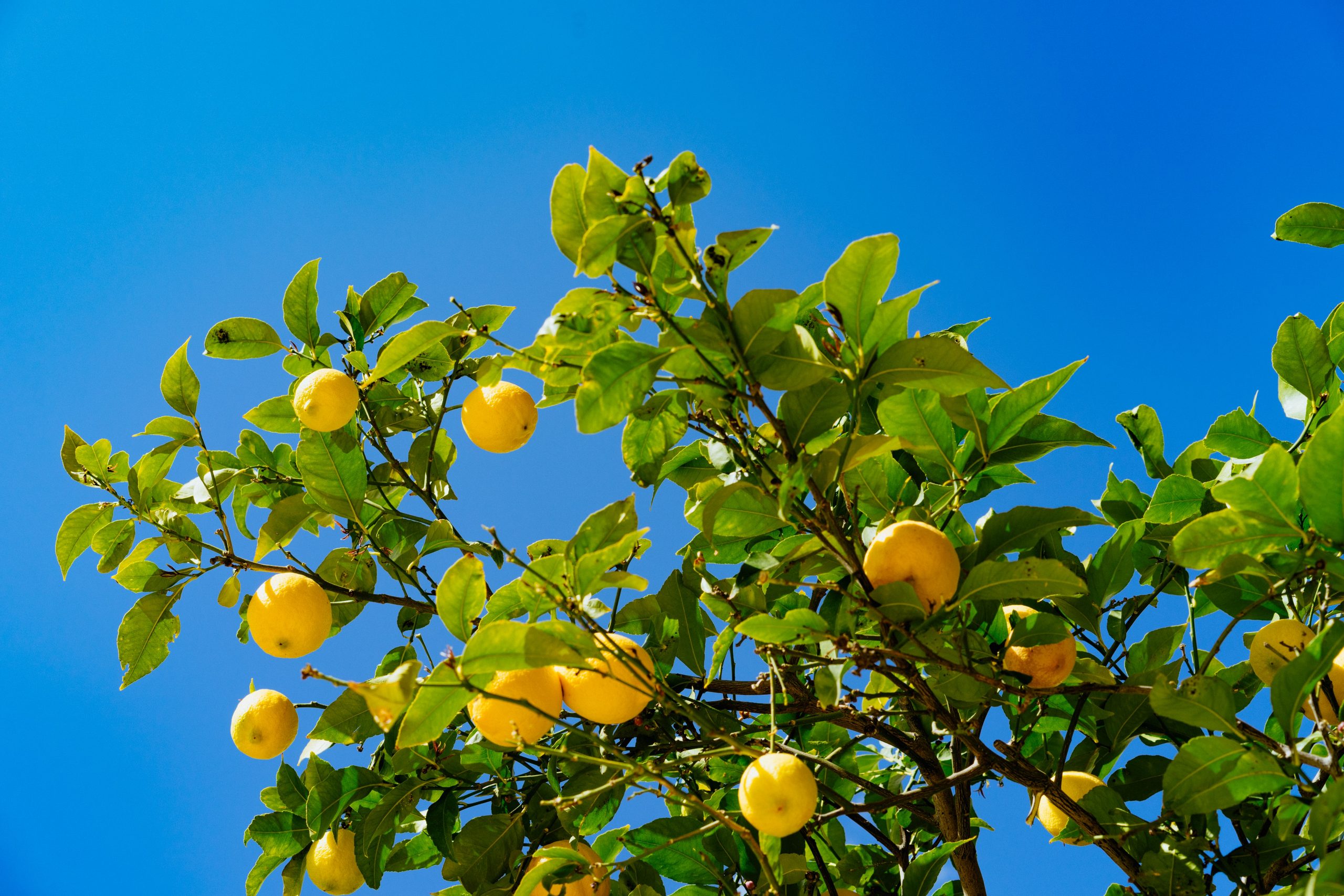Last Updated on April 5, 2024 by Real Men Sow
Do you want to save some grocery budget on tropical fruits? Let’s grow them in your own garden! If you got some space left, start growing orange and lemon trees. – You can totally grow lemons and oranges in the UK. You may also grow limes and other citrus trees too, but remember that it would require more effort.
 Citrus x Limon, Lemon Trees, Bitter Oranges, Seville Oranges, and Citrus x Aurantium are the ones considered easy-growing trees. They are robust plants that can tolerate low temperatures. Although limes require warmer, more tropical climates, it is possible to grow them in cooler regions.
Citrus x Limon, Lemon Trees, Bitter Oranges, Seville Oranges, and Citrus x Aurantium are the ones considered easy-growing trees. They are robust plants that can tolerate low temperatures. Although limes require warmer, more tropical climates, it is possible to grow them in cooler regions.
Winter protection is required for most citrus trees, but new hybrids are being developed that can be used to extend the range of citrus hardiness.
How to Grow Orange and Lemon Trees
Orange and lemon trees should be grown in terracotta containers in a sunny, sheltered spot like in front of a west-facing wall or south-facing wall. They thrive in high humidity. You can water them once per week in summer using rainwater. You can feed them once a week with liquid seaweed or a citrus fertilizer. In spring, prune the plant by removing the center of the plant. Also, remove any branches that are dry, weak, or worn down. In Winter, move indoors so it stays cool and frost-free.
Planting Orange and Lemon Trees
Planting lemon and orange trees in containers is a good idea for them to be moved around the garden in summer and winter. Terracotta pots are better for planting as they lose moisture faster and can be difficult to overwater. All citrus trees require good drainage. They won’t thrive on soil that is too wet. Use a mix of equal parts of loam, leafmould, and horticultural soil. Make sure to repot every two to three years. To allow water to pool between the top and soil, leave a gap between them.
Taking Care of Your Trees in Summer
It is important to move your lemon or orange tree outside where it’s most sunny as soon as it starts to grow again in spring. Protect them from temperature fluctuations. Keep an eye out for late frost warnings to make sure you cover them with some horticultural fleece on hand.
Once the plant is outside, prune it in spring to produce new shoots. Remove any branches that are dry, weak, or worn down. Remove any suckers at the base of your plant. To keep plants at the right size, trim again in September. Pruning is not necessary. Most citrus trees, especially lemon trees, are strong and will produce more flowers and fruit if they are pruned.
Young plants should be removed from fruit production. They require a lot of energy. To encourage your tree to bear smaller but more fruit until it reaches maturity, Any ripe fruits should be picked when the plants are moved indoors in autumn.
How You Should Water Your Trees
High humidity is the best environment for orange and lemon trees. In summer, water your plants once per week using rainwater. To let chlorine evaporate, tap water should be allowed to stand for 24 hours if it’s the only type of water you have. Winter is a time to water sparingly – once per month is enough – but soaking the plants on occasion is better than watering too often.
Orange and lemon trees do best in cool, frost-proof areas such as a greenhouse, shed or cellar. Avoid centrally heated indoor spaces as they can be too hot and dry. You have few options, so you can only use an indoor room.
Problems You May Encounter When Growing Orange and Lemon Trees & How to Solve Them
Leaf drop – This is an indication of stress due to too much heat, cold or incorrect watering. Try decreasing watering and increasing humidity to see if this helps.
Sticky leaves – These could be signs of citrus mealybugs, or scale insects. They thrive in humid and warm conditions. They produce sticky honeydew, which in turn leads to the growth of sooty molds. To improve ventilation, wash the leaves with soapy water and prune. Biocontrols of ladybirds and wasps can be used under glass.
Leaf damage – The channels were created by citrus leaf miners larvae. Prune in autumn and remove all damaged material
Yellow leaves – This could be an indicator of red spider mite. Biocontrols and high humidity are the best ways to control it. Because citrus don’t like lime, chlorosis can also occur. Yellow leaves can also be caused by low temperatures, poor feeding, and over- or underwatering.

